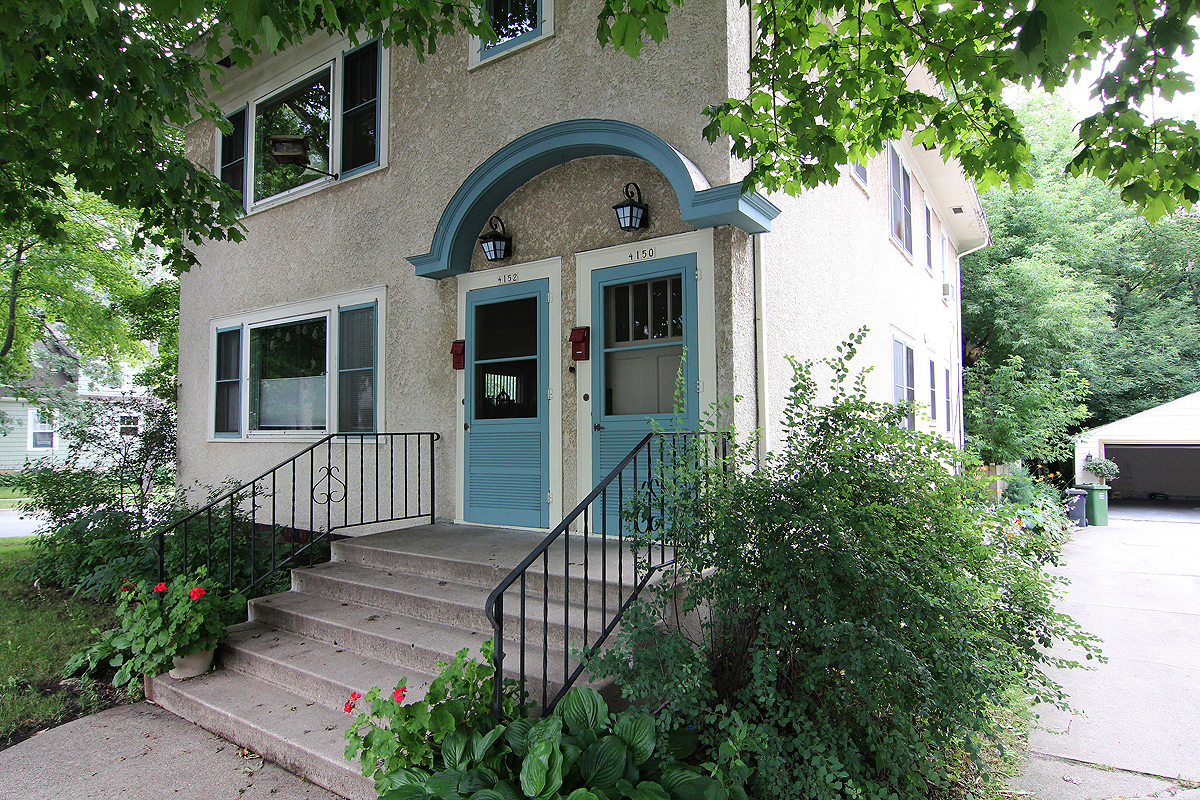 If you’re looking to house hack a duplex in a Twin Cities outer ring suburb, good luck.
If you’re looking to house hack a duplex in a Twin Cities outer ring suburb, good luck.
Why’s that?
Duplexes are a function of history.
While I can’t find a book to definitively back me up, family stories and American history classes have lead me to believe the vast majority of duplexes in the United States were built during three eras: between 1890 and 1930, again between about 1955 and 1965, and once more between 1978 and 1985.
If you remember history class, the Industrial Revolution, when between 1876 and 1900. It was a time of incredible technological revolution, bringing electricity, light bulbs, steam-powered engines and countless other inventions into the lives of what had been a largely agrarian society.
The Industrial Revolution resulted in many farmers moving away from literal horse-power to till their fields and buying conveniences like tractors. This in turn freed their children to move to the city to pursue employment in the burgeoning industries and factories.
So there was an urgent need for housing. To accommodate the influx of workers, cities and developers put up duplexes in droves. In the Twin Cities, the first handful appear in the 1890s. They are usually up/down side by side buildings with three bedrooms and a bathroom. Most of these are found in St Paul.
The biggest duplex boom, however, happened between 1912-1929, at the height of the Craftsman era of architecture. Developers placed them near or along trolley lines. Even companies like Sears and Montgomery Ward that sold kit house plans and building supplies offered duplex options.
Both Minneapolis and St Paul feature countless duplexes from this era. So too do large cities in predominantly agricultural states like California, Kansas, Illinois and even Georgia. Most share similar characteristics; two or three bedrooms on each floor, built-ins, and varying degrees of woodwork.
The second duplex boom, as it were, occurred after World War II just about the time the earliest baby boomers were getting ready to leave the nest and automobile ownership meant more people could commute to work. These units are typically side by side, most often with two bedrooms in each unit. They are most often found in first ring suburbs like Richfield and Fridley.
Finally, there was a third mini-boom of duplexes. While not plentiful in numbers, these were often built as twin homes and are found in second and third ring suburbs. As commute times grew and Typically these units have a split entry, with two, three or even four bedrooms on each side. In the Twin Cities, these are found in places like Shorewood, Brooklyn Center, Minnetonka, New Hope and Blaine. And most often, they were intended to be twin homes. Years ago, somebody simply decided to buy both sides.
It’s important to note there wasn’t quite the same need for workforce housing in the suburbs as there had been in the urban core. And the advent of condos and townhouses offered an affordable ownership alternative to many would-be suburban tenants.
The scarcity of suburban duplexes also means they are far more expensive.
If you’re looking to get started investing, there are plenty of opportunities to house hack a duplex. You just may need to start that journey in the city, because that’s where the inventory is.

